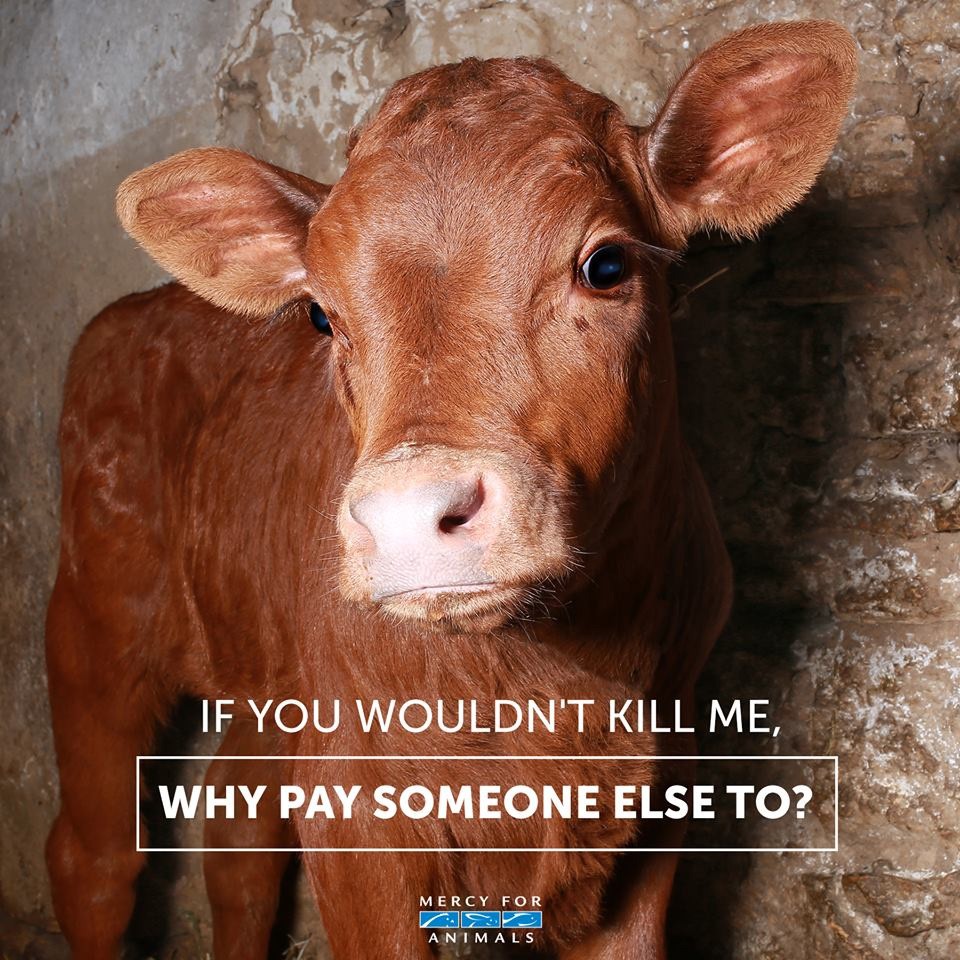Behind Closed Doors: Unveiling the Horrors of Animal Cruelty in Slaughterhouses
Slaughterhouses, often shrouded in secrecy and hidden from public view, are the final destination for millions of animals raised for food each year. While these facilities are meant to process animals quickly and efficiently, the reality is far from humane. Behind closed doors, animals endure unimaginable suffering and cruelty before they meet their end.
One of the most troubling aspects of slaughterhouses is the prevalence of inhumane handling and slaughter practices. Undercover investigations have revealed shocking instances of abuse, including workers kicking, beating, and electrocuting animals to force them into the slaughter line. These acts of cruelty are not isolated incidents but rather systemic failures resulting from a lack of oversight and accountability.
Improper stunning techniques further compound the suffering of animals in slaughterhouses. Stunning is meant to render animals unconscious before slaughter, but ineffective or poorly administered methods can result in animals being fully conscious during the slaughter process. This leads to excruciating pain and distress for the animals, violating even the most basic principles of compassion and decency.
The high-speed nature of modern slaughter lines exacerbates the problem, as workers are pressured to process animals at a rapid pace, often at the expense of animal welfare. This relentless pace can lead to careless handling and increased risk of injuries for both animals and workers. Injured animals may be left to suffer without proper veterinary care or may be slaughtered despite their condition, further underscoring the callous disregard for animal well-being.
Furthermore, the lack of transparency and accountability in the slaughterhouse industry makes it difficult to address instances of cruelty and hold responsible parties accountable. Slaughterhouses are often shielded from public scrutiny, with limited access for independent observers or animal welfare organizations. This secrecy allows abuses to persist unchecked, perpetuating a culture of cruelty and exploitation.
The impact of animal cruelty in slaughterhouses extends beyond the immediate suffering of individual animals. It erodes public trust in the food system and undermines the ethical principles that should guide our treatment of animals. Consumers who are unaware of or turn a blind eye to the realities of slaughterhouses inadvertently contribute to a system that prioritizes profit over compassion.
Addressing animal cruelty in slaughterhouses requires a multifaceted approach that encompasses stricter regulations, increased oversight, and greater transparency. Slaughterhouse workers must receive comprehensive training in animal handling and welfare, with strict consequences for those who engage in abuse. Additionally, slaughterhouses should be required to install surveillance cameras to monitor animal welfare and deter mistreatment.
As consumers, we also have a role to play in ending animal cruelty in slaughterhouses. By choosing plant-based alternatives or opting for meat from ethical and transparent sources, we can send a powerful message to the industry that cruelty will not be tolerated. By working together to demand accountability and compassion, we can create a food system that respects the dignity and welfare of all living beings, both on and off the farm.
https://cruelty.farm
